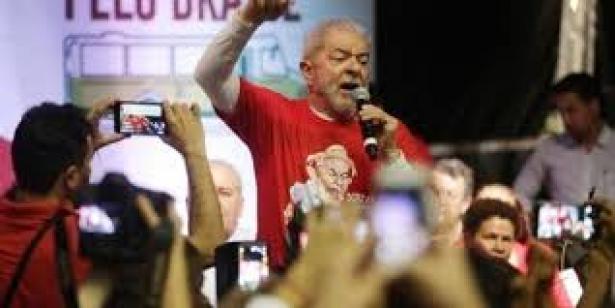|
Brazil’s former President Luiz Inácio Lula da Silva has now been in prison since April 2018. More than four hundred Brazilian lawyers have signed a statement that expresses alarm at what they see as procedural irregularities in the case against him. They call for the immediate release of Lula. The Asociación Americana de Juristas – a non-governmental organisation with consultative status at the United Nations – has called Lula a political prisoner. Lula was convicted of corruption and money-laundering, despite a lack of solid evidence. Two lawsuits against him remain unfinished.
Now, more evidence emerges about the collusion of the lead judge and the lead investigator in the prosecution of Lula thanks to excellent reporting from The Intercept. The political motivations are now on the record: they, on behalf of the oligarchy, did not want Lula – who remains hugely popular – to be the 2018 presidential candidate of the Workers’ Party (PT). Brazil’s right-wing has begun a horrible campaign to malign the journalists of The Intercept, notably its editor Glenn Greenwald. Using the same tactics of hate, misogyny, and homophobia to defame their journalists, they hope, will distract from and delegitimise the damning evidence of their corrupt tactics.
Clarity now emerges around the political persecution of Lula. But what is still blurry for many is the actual case against him. The details of his case remain murky, with many who sympathise with Lula unsure of how to understand the corruption charges and his apparent conviction. This newsletter is dedicated to providing a primer on Lula and the case against him.
|


Spread the word